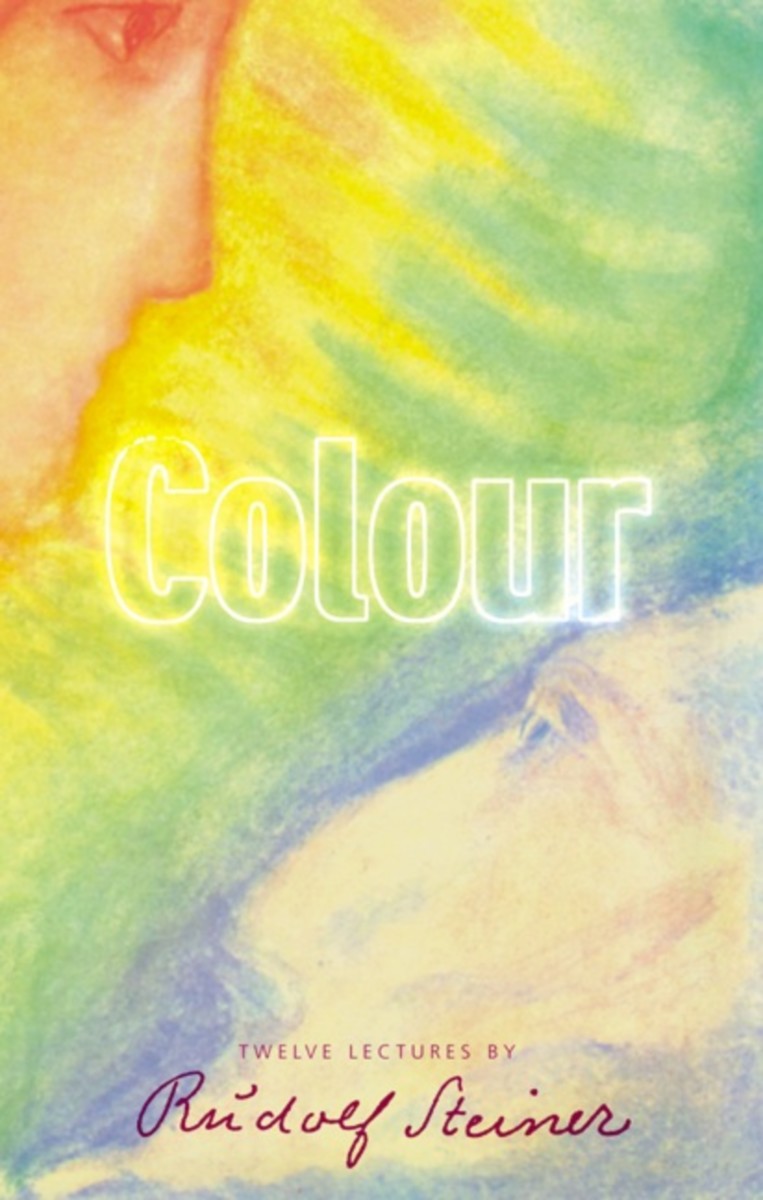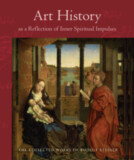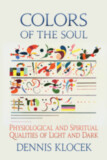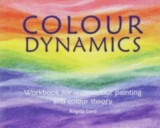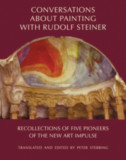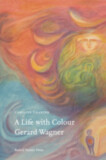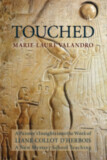Colour
(CW 291)
- Publisher
Rudolf Steiner Press - Published
1st May 1997 - ISBN 9781855840850
- Language English
- Pages 224 pp.
3 lectures, Dornach, May 6–8, 1921;
9 supplementary talks, Dornach, 1914–1924, (CW 291)
Building on the achievements of Goethe in his “theory of color,” Rudolf Steiner shows how color affects us in many areas of life, including our health, our sense of well being, and our feelings. Distinguishing between “image” and “luster” colors, he lays the foundation, based on his spiritual scientific research, for a practical technique of working with color that leads to a new direction in artistic creativity.
His many penetrating remarks on some of the great painters of the past are supplemented by a deep concern to see a cultural, spiritual renewal emerge in the present time. “If you realize,” he states, “that art always has a relation to the spirit, you will understand that both in creating and appreciating it, art is something through which one enters the spiritual world.”
This volume is the most comprehensive compilation of Rudolf Steiner’s insights into the nature of color, painting, and artistic creation. It is an invaluable source of reference and study not only for artists and therapists, but also for anyone interested in gaining an appreciation of art as a revelation of spiritual realities.
This volume is a translation from German of Das Wesen der Farben (GA 291).
C O N T E N T S:
Foreword by Joan M. Thompson
Synopses
PART ONE:
1. Colour Experience—Image Colours
2. Lustre and Image
3. Colour in Matter—Painting out of Colour
PART TWO:
4. The Creative World of Colour
5. Moral Experience of the Worlds of Colour and Tone
6. Light and Darkness—Two World Entities
7. Human life in the Realms of Light and Weight
8. Two Fundamental Laws of Colour Theory in Sunrise and Sunset and the Blue Sky...
9. From Space Perspective to Colour Perspective
10. Spirit and Non-spirit in Painting Titian’s Ascension of Mary
11. Measure, Number, and Weight—Weightless Colour Essential for New Directions in Painting
12. The Hierarchies and the Nature of the Rainbow
References
Notes
Rudolf Steiner
Rudolf Steiner (b. Rudolf Joseph Lorenz Steiner, 1861–1925) was born in the small village of Kraljevec, Austro-Hungarian Empire (now in Croatia), where he grew up. As a young man, he lived in Weimar and Berlin, where he became a well-published scientific, literary, and philosophical scholar, known especially for his work with Goethe’s scientific writings. Steiner termed his spiritual philosophy anthroposophy, meaning “wisdom of the human being.” As an exceptionally developed seer, he based his work on direct knowledge and perception of spiritual dimensions. He initiated a modern, universal “spiritual science” that is accessible to anyone willing to exercise clear and unbiased thinking. From his spiritual investigations, Steiner provided suggestions for the renewal of numerous activities, including education (general and for special needs), agriculture, medicine, economics, architecture, science, philosophy, Christianity, and the arts. There are currently thousands of schools, clinics, farms, and initiatives in other fields that involve practical work based on the principles Steiner developed. His many published works feature his research into the spiritual nature of human beings, the evolution of the world and humanity, and methods for personal development. He wrote some thirty books and delivered more than six thousand lectures throughout much of Europe. In 1924, Steiner founded the General Anthroposophical Society, which today has branches around the world.


